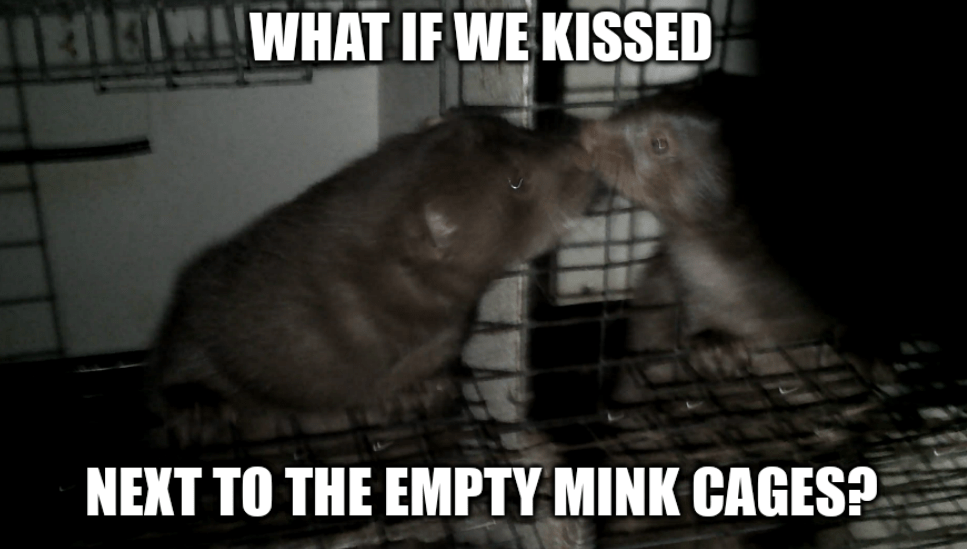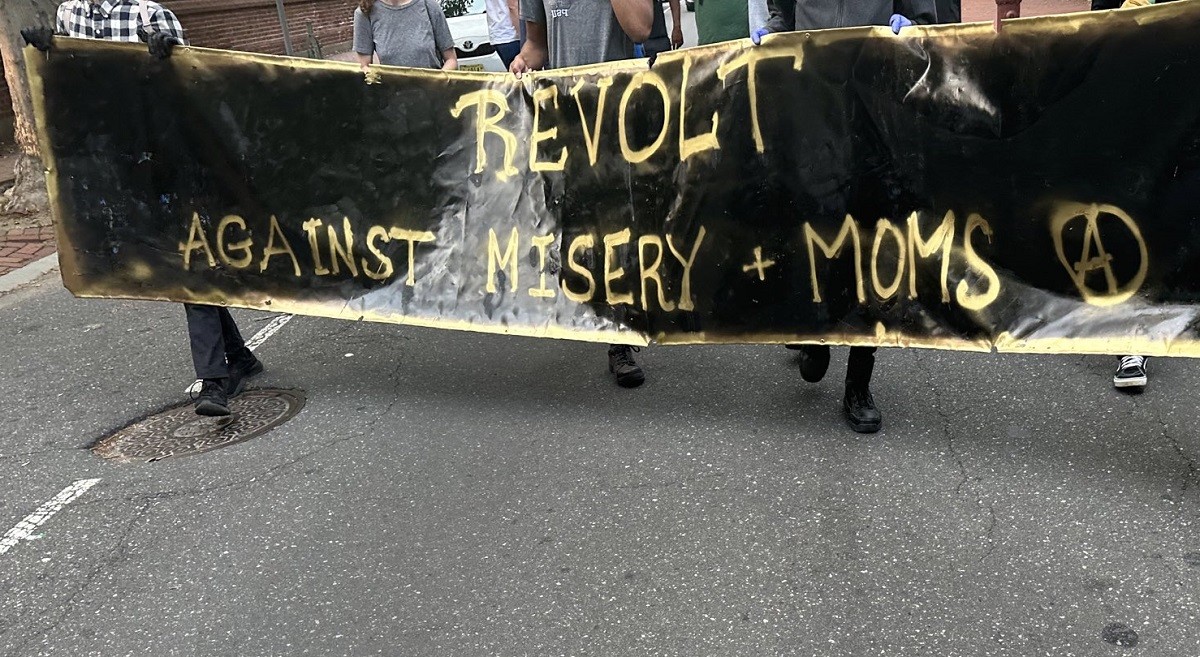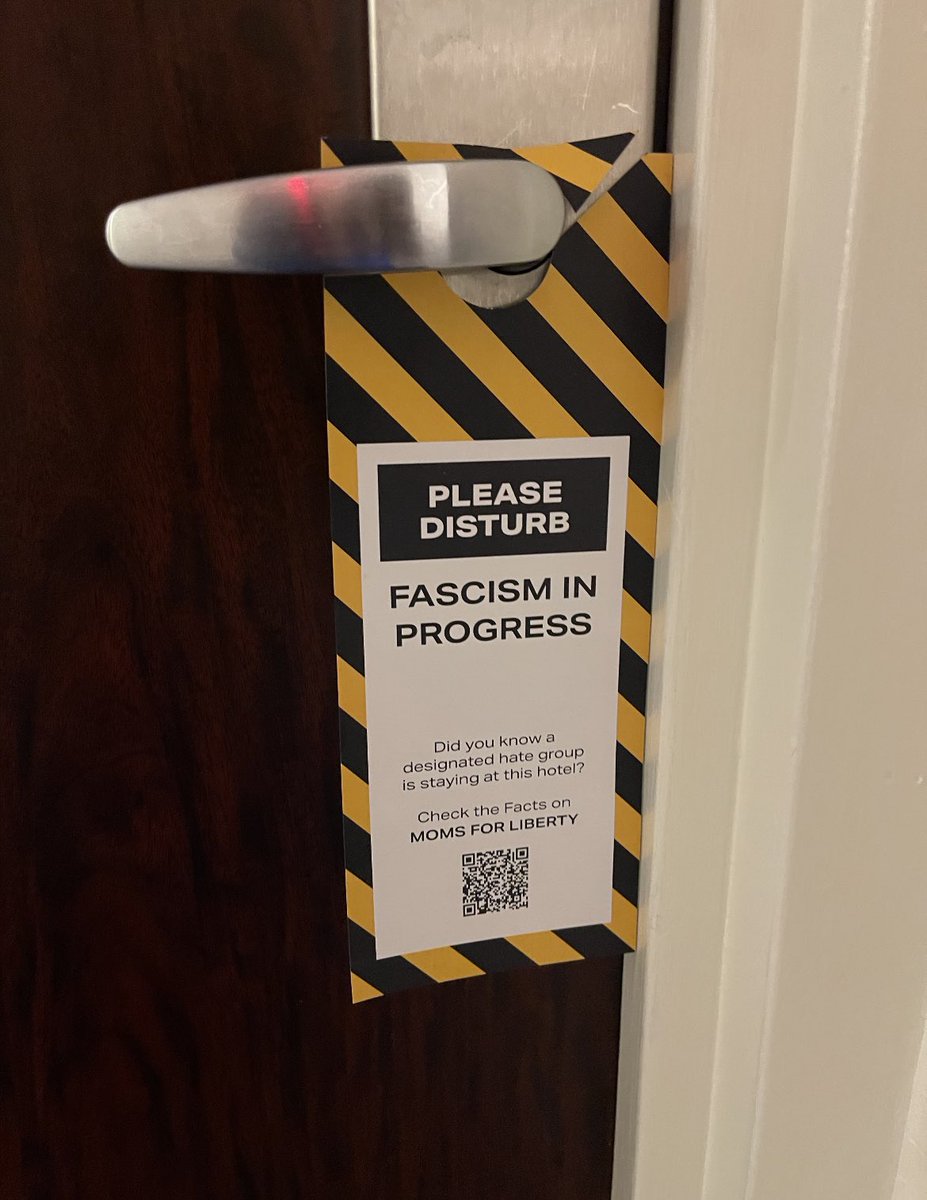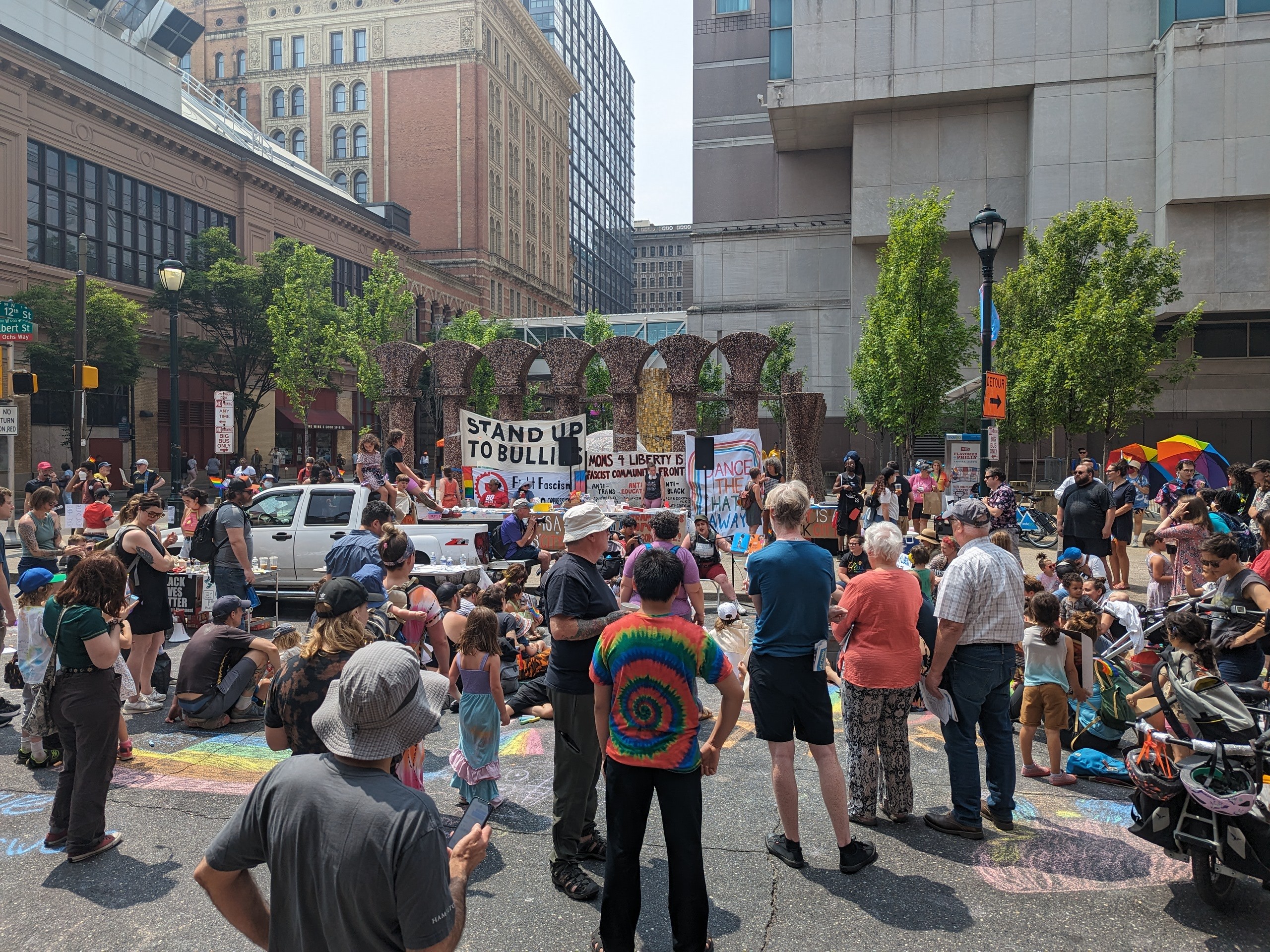Submission

There are some dire questions that non-imprisoned abolitionists keep asking, of what solidarity with collective action inside entails. Central among them is: How do we embolden our comrades in prison or jail to feel protected enough, seen enough, and empowered enough to take action when they desire to?
Yet what is less discussed is the question posed in self-reflection: How can we embolden our comrades on the outside (who are willing to take physical risks) to provide forms solidarity that actually give inside demands a little more teeth?
- What does autonomous direct action in solidarity with collective action inside look like for abolitionists on the outside, and where are the targets that would be most decisive for attack?
- How can we better develop collective capacity for decisive attacks on PA-DOC from the outside, in conjunction with demands on the inside?
- What targets can we choose on the outside that do not exacerbate repression for the comrades situated on the inside? Or is this simply part of the equation that we must equip and be prepared for?
- How, then, can inside and outside move at once? And in this context, how do aboveground formations move horizontally with an underground to fill in the gaps in work that one another is unable to do?
These are questions that shift conversations about strategy from mere activism toward insurgency. As a comrade who was at SCI Rockview last summer writes:
“As prisoners, we can riot & take control of the prison at any time, but that won’t relieve us of this living death. We need our comrades in the world to take the fight out of the halls of legislation & to the prison walls themselves. Only then can we actually end this war. An assault on both fronts would make the difference between us banging on the walls & us breaking them down. When the world sees this, it will show that the facade of invincibility that the system has cultivated over generations of slavery is just that: an illusion.”
To compliment this ask from the inside, we believe it is equally important to attack & disrupt the everyday operations of structures and relations that compose PA-DOC’s instiutional form in ways that strategically compliment inside collective action.
For autonomous attack as abolitionist prisoner support to be decisive and effective, it first means decentering (not ignoring but thinking beyond) the “reified” site/scene of the prison facility itself in our ideas of the terrain of struggle and attack. A prison facility, such as SCI Rockview, is one among many other sites and nodes in a web of structures and social relations that make up PA-DOC’s institutional form. The targets of insurgent outside solidarity through sabotage therefore consist of everything and anything that upholds the reproduction of the prison facility itself or a DOC system from without.
Some questions we may want to ask ourselves in outside support circles include:
- What are the institutions, contractors, buildings, and other structures that enable PA-DOC to function in the first place?
- If it is a prison “industrial complex” what is the constellation of sites that allow it to function, that give it coherence and life?
One way abolitionists can support people on the inside during a strike is to initiate (and sustain) conflict w/ the state & capital. To either disrupt its logistical operations and/or weaken the regime’s resolve.
One example that comes to mind is during the 2016 nationwide prison strike, which saw sporadic instances solidarity actions that did not abide by codes of non-conflictual demonstration.
For example, ABC Chicago in 2017 writes:
“In the context of prison struggle, a recent example of solid praxis that comes to mind was in Pittsburgh at Allegheny County Jail. About eighty prisoners began a work refusal and released a list of demands that included more case workers, better medical services, and a legitimate grievance procedure. After those on the outside heard of this sit-in, they took to the jail in masks, smashed windows of the jail, a security camera, and several police vehicles. Similar models of solidarity occurred around the September 9th prison strike where people all over the US and even other continents took action in solidarity with those on the inside rising up. This took the form of noise demos and marches, as well as direct attacks on prisons and those who profit off prison… This is a type of solidarity that can produce results.”
Some more questions to consider are as follows:
- If the prison regime is upheld by numerous institutional connections & centers of gravity — that exist far beyond the “reified” site/scene of “the prison” itself — then where are the most impactful targets to attack in solidarity w/ prisoners taking collective action?
- For abolitionists who are not inside the prison itself, what does disruption in solidarity with collective prisoner action look like beyond (only) non-conflictual protest?
- Are people within prisons/jail/detention the only ones who are expected to engage in material disruption? To take risks? Are we just vessels of emotional solidarity?
- Where then, would the targets be, for outside abolitionists to exert greater pressure? How might this change perspectives of strategy? How might thinking more expansively about the terrain of engagement illumine new tactical horizons?
- Or maybe the objective of pressuring the state to meet a specific demand from inside is the wrong way to practice attack and direct action altogether?
- Yet strikes typically have demands. So what then do we do with our bodies, our (relative) mobility and access to information/resources/tools that are foreclosed to people who take collection action for particular goals while locked up?
- Where are the logistical chokepoints? What are targets of attack and sites of disruption that don’t result in severe backlash to comrades struggling on the inside? Where are the vulnerabilities to prison management’s morale and how does one remove the will of guards to endure?
- What is the relationship between a local-to-state government, the internal fiefdoms of prisons & jails, & the contractors whose fate is tethered to the regime’s institutional reproduction? How can tensions or antagonisms between such entities be exacerbated by outside sabotage?
To bring this strategy to life we not only need comrades who are up for the task of directly attacking in solidarity with inside collective action, but we also need a range of people to take up this cause at the level of research, propagation, and expanding capacity for regional anti-repression work and community care.
We need people who can map the institutional form of PA-DOC. We need people to map the digital communications infrastructure. We need people that understand how the nodes of institutions that make up PA-DOC within Pennsylvania branch out to every corner of the US settler colonial territory, with offices, remote workers, contractors, etc… all within reach of someone who is willing to take action, yet simply needs a map to take part. We also need a more focused effort of people who are not involved in combative actions directly to participate in defending the fire of revolt as it spreads. This can be done by simply organizing letter writing nights to support people in the case that they catch charges for the risks they take. This can also be done by focusing in on building or strengthening networks that provide care and mutual aid within your local spheres of movement and community.
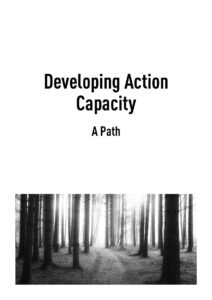

/cloudfront-us-east-1.images.arcpublishing.com/pmn/7DOPKSEKHJDN5P3LIFZQL5KVKM.jpg)
/cloudfront-us-east-1.images.arcpublishing.com/pmn/LHK76PFZ3ZFIZNVH6JIWIHSW6A.jpg)
/cloudfront-us-east-1.images.arcpublishing.com/pmn/ZWULAZBSONB75EEUEQTPAB6LUA.jpg)


